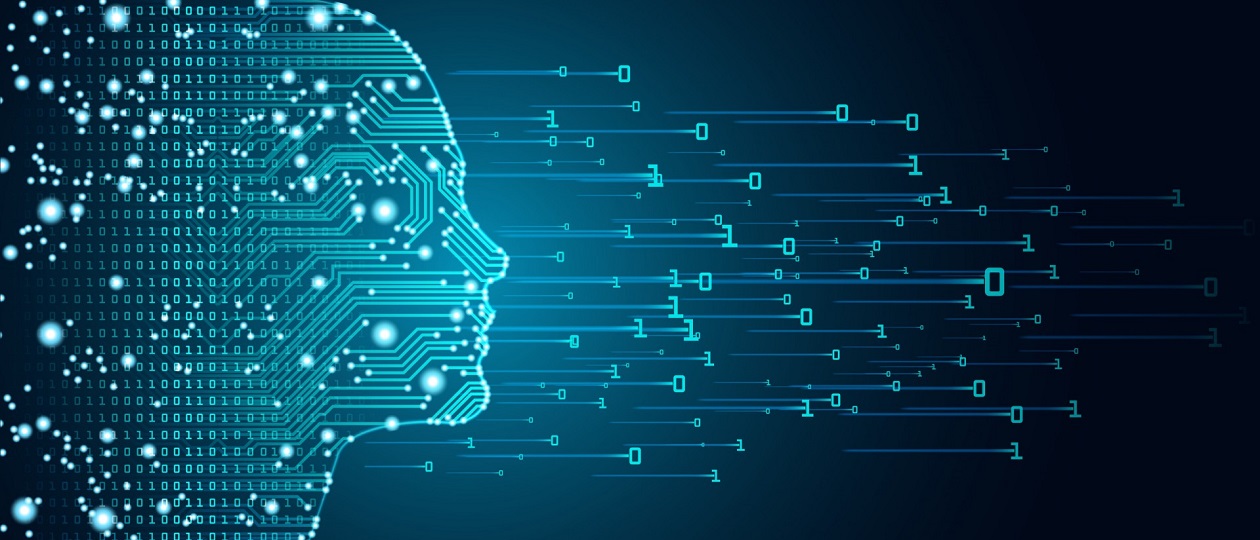
It would be fair to admit that neural networks have truly learned to do impressive things by now.
Neural networks have even learned to drive cars on busy city streets. In some areas of human activity, neural networks first became almost irreplaceable assistants to people, and now, it seems, they are ready to replace their creators and teachers.
But don’t be depressed and rush to pack your bags, let’s discuss the limitations of neural networks.
First, it is difficult for artificial intelligence to understand context and use common sense. After all, this is a very subjective concept, but that is probably its whole charm.
Machines will make mistakes in simple everyday situations that any person can easily resolve.
Second, neural networks are not yet able to feel or show empathy. A machine can recognize phrases like “I’m sad” and even offer some standard consoling speech, but it will not understand the emotions behind these words.
A neural network does not know what fatigue is, but it also does not understand joy, sadness or love. It is not capable of genuine creativity or intuition. Machine “creativity” is a reworking of existing examples, without the spark of the author’s feelings and real inspiration that make us admire works of art or music.
And finally, despite all the achievements, neural networks still often face uncertainty and non-standard situations for their algorithms.
In a world where not everything is black and white and where each new day brings something unpredictable, neural networks are still students trying to learn the lessons that humanity has learned through many mistakes and sacrifices over generations.
So, despite the dynamic speed with which neural networks are developing, humans are still indispensable in many aspects of the real world.





